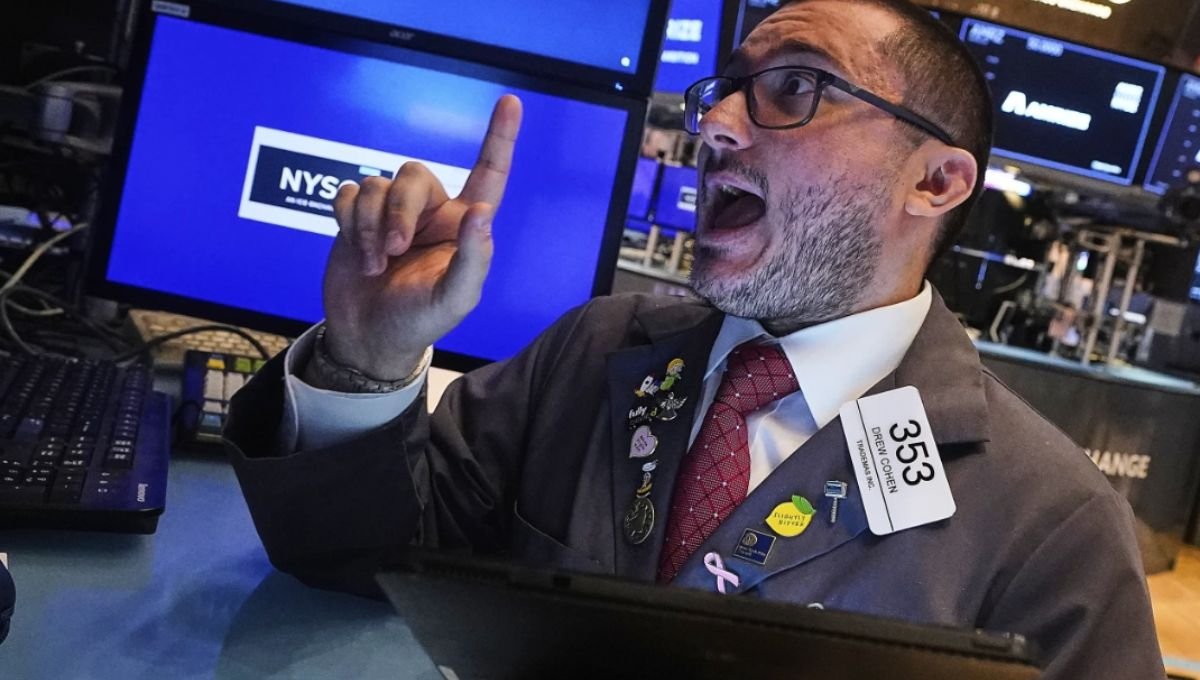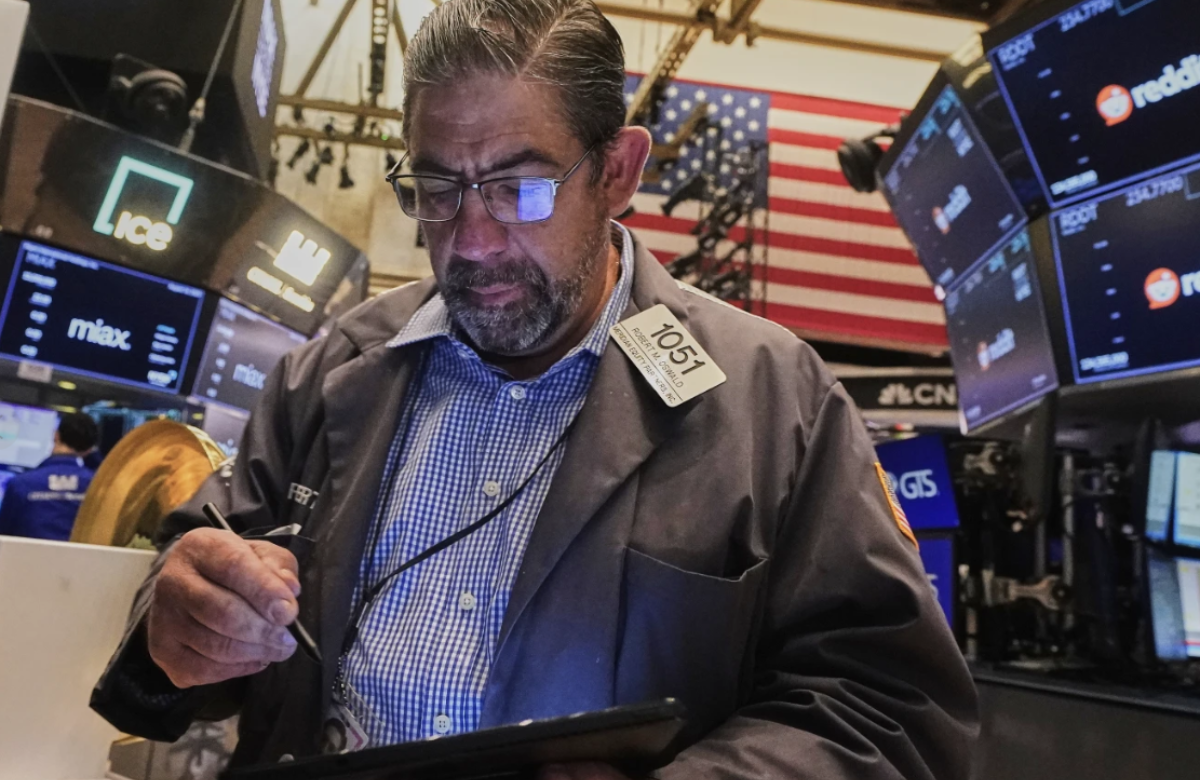Despite the U.S. military’s bunker-busting involvement in the conflict between Israel and Iran, global oil and stock markets appeared largely stable on Monday. Investors are hoping that Iran will avoid any retaliation that could disrupt global oil supplies, a move that would hurt not only global economies but also Iran’s own oil revenue.
By midday, the S&P 500 was up 0.3%, continuing a rollercoaster trend from the previous week as markets reacted to geopolitical tensions. The Dow Jones Industrial Average edged higher by 32 points, or 0.1%, while the Nasdaq climbed 0.4%.
Oil prices initially surged by 4% in overnight trading but quickly settled as attention shifted from U.S. military action to Iran’s potential response. U.S. benchmark crude was down 0.2%, trading at $73.69 a barrel, while Brent crude dipped 0.1% to $76.98. Both prices remain above pre-conflict levels; a week ago, U.S. crude was around $68 a barrel.
The main concern is that escalating conflict could limit oil supply, which would drive up prices for oil and gasoline globally. Iran is a key oil producer and controls access to the Strait of Hormuz, a strategic waterway that handles about 20% of the world’s daily oil shipments.
However, analysts suggest Iran is unlikely to block the strait, as it also relies on it to export oil—primarily to China—and depends heavily on that revenue. Tom Kloza, chief market analyst at Turner Mason & Co., described closing the strait as a drastic and unlikely move.
Neil Newman, managing director of Atris Advisory Japan, shared optimism that the conflict could be short-lived. He suggested that the U.S. strike might serve as a deterrent, allowing markets to stabilize.
In Beijing, Chinese Foreign Ministry spokesperson Guo Jiakun stated that China is open to communication with Iran and others to help reduce tensions.
Still, uncertainty lingers. Oil market veteran Andy Lipow noted that not all governments act rationally. He warned that if Iran were to fully shut down the Strait of Hormuz, oil prices could spike to $120–$130 a barrel—pushing U.S. gasoline to $4.50 per gallon and increasing transportation costs. That could feed inflation and complicate the Federal Reserve’s path on interest rates.
The Fed has paused rate cuts this year after easing at the end of last year. Concerns about inflation—already pressured by President Trump’s tariffs—could keep the central bank cautious. Monday’s preliminary data showed business activity rising faster than expected, while tariffs appear to be increasing costs for U.S. companies. Chris Williamson of S&P Global said this trend supports the view that the Fed will hold rates steady for now.
Treasury yields dropped on renewed hopes for a potential rate cut later in the year. The 10-year Treasury yield fell to 4.30% from Friday’s 4.38%, and the 2-year yield declined to 3.82% from 3.90%.
On the stock front, Tesla gave the S&P 500 a strong boost, jumping 9.9% after launching a pilot test of its self-driving taxi service in Austin, Texas—a key part of CEO Elon Musk’s long-term vision.
Meanwhile, Hims & Hers Health shares plunged 31.8% after drugmaker Novo Nordisk ended a partnership to distribute its popular obesity medication Wegovy. Novo Nordisk’s U.S.-traded stock dropped 5.8%.
In international markets, European stocks dipped modestly, with France’s CAC 40 down 0.7%. Asian markets were mixed, with Hong Kong’s Hang Seng Index rising 0.7%.
Also Read:
U.S. Stocks Steady and Oil Prices Waver as Wall Street Stays Calm Following Strikes on Iran














